3 Must-Have Flowering Shrubs
Mockorange
Named for the superficial resemblance of their flowers to citrus flowers, their fragance is indeed reminiscent of citrus blossoms and jasmine. Blooming in late spring, their white flowers go well with any color in the garden, and their green foliage is generally untroubled and easy to mesh into the garden when they’re out of season. Easy to grow, give them full sun or a bit of midday shade and well-drained soil. Deer do not prefer them and pruning, if desired, is a good way to refresh them every few years after they’ve finished flowering. Great companion plants to dress them up with interesting foliage combinations include grasses, Juniper, Spirea, Yucca, and Smokebush.
Abelia ‘Mardi Gras’
Glossy Abelias are known for a long flowering period and attractive foliage. In the case of ‘Mardi Gras,’ the foliage is a medley of creamy yellow, rosy-pink, and green. Flowers are small white trumpets that appear in early summer and continue until frost. Not too large, they’re easily trimmed and are not of great interest to deer. Full sun brings out the best colors (and the best flowering), but tolerance for part shade is good. They show off their colors well when set against red, purple, deep green, and blue foliage, and texturally against the fine foliage of grasses and needled evergreens.
Loropetalum
Also known by its less of a tongue-twister name “Chinese Fringe-flower,” this witchhazel cousin sports rich purple leaves and hot pink flowers in spring. Older varieties only had their reddish-purple color on the new leaves, but many nowadays stay deeply colored all summer long. They’re what we call “semi-evergreen,” meaning that in mild winters (or with wind protection) they can keep most of their leaves, but in harsher exposures they will lose most of their leaves. Leaves that shed turn a bright scarlet and orange, so at least they’re decorative before they fall. Part shade is best, even though they will tolerate full sun if not too dry. Not too picky about soil, moist and acidic is ideal. Although the flowers appear around mid-spring, it isn’t uncommon for a few scattered blooms to make a sporadic appearances throughout the summer. Invaluable for their leaf colors, Fringe-flowers make great contrasts with blue, gold, or variegated foliage to liven-up the garden when blooms have passed. Hydrangeas, sedges, ferns, Aucuba, and Osmanthus all make good companions.
by Miri Talabac, Woody Plant Buyer

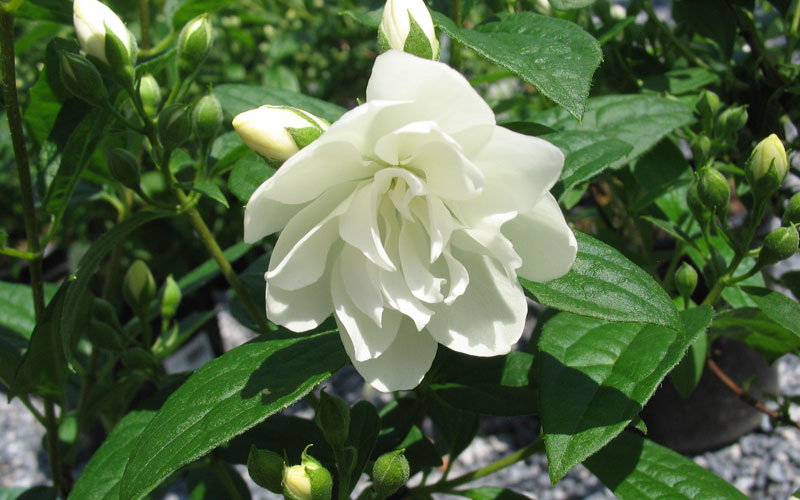

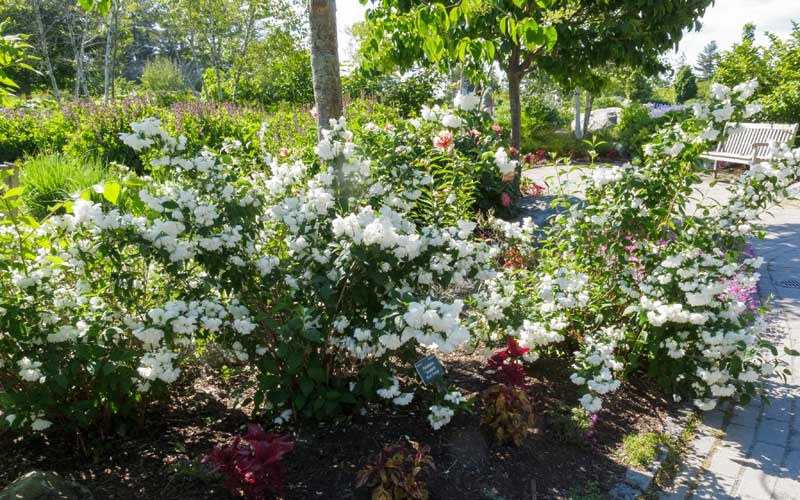
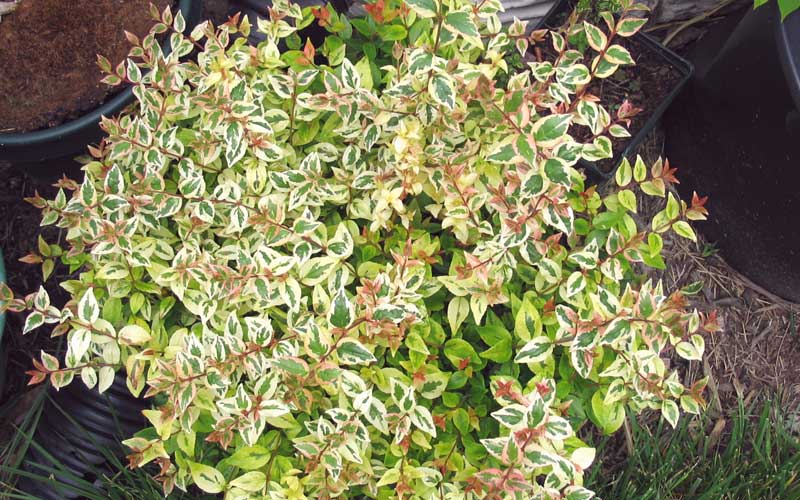

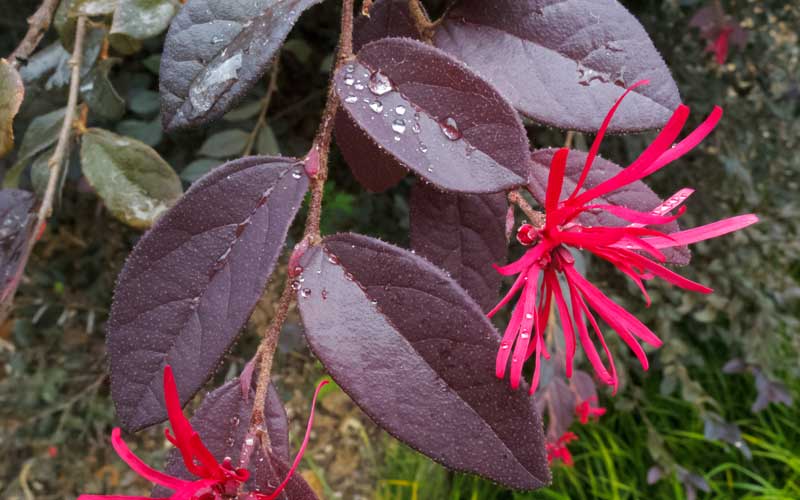
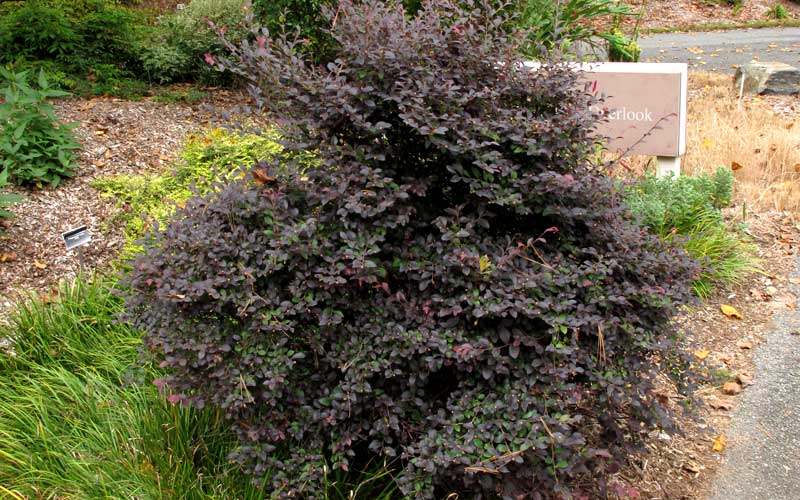
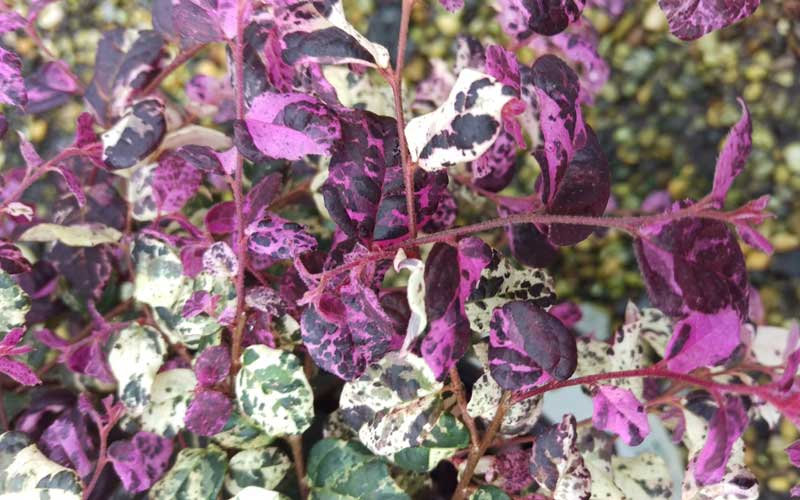
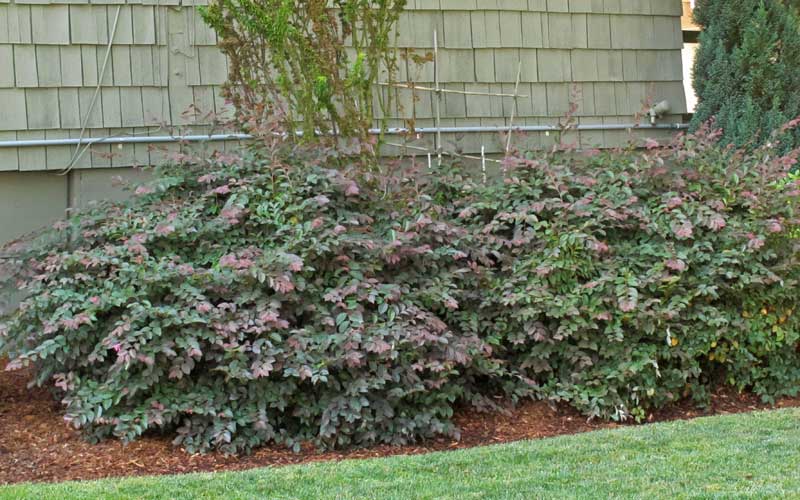



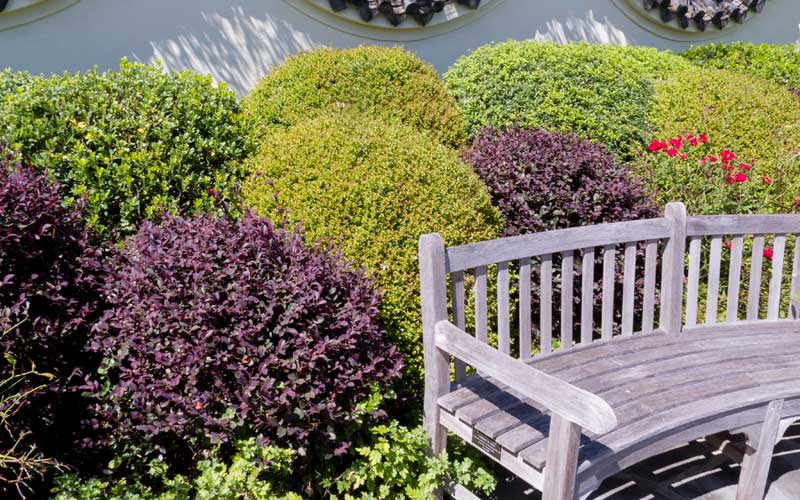
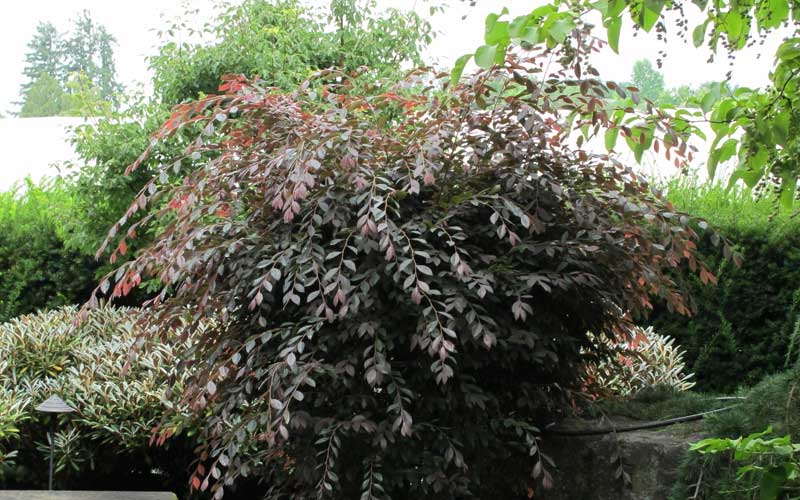
This Post Has 0 Comments